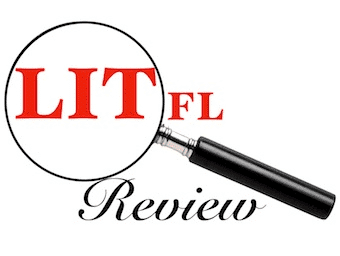
Lung Abscess
CLINICAL FEATURES fever cough SOB sputum nonresolving pneumonia RISK FACTORS dental caries foreign body aspiration (tooth, peanut) severe necrotising pneumonia altered LOC dysphagia IV drug use (septic emboli) septic thrombophlebits (pelvic or internal jugular) tumour Tb vasculitis MANAGEMENT identify organism…


